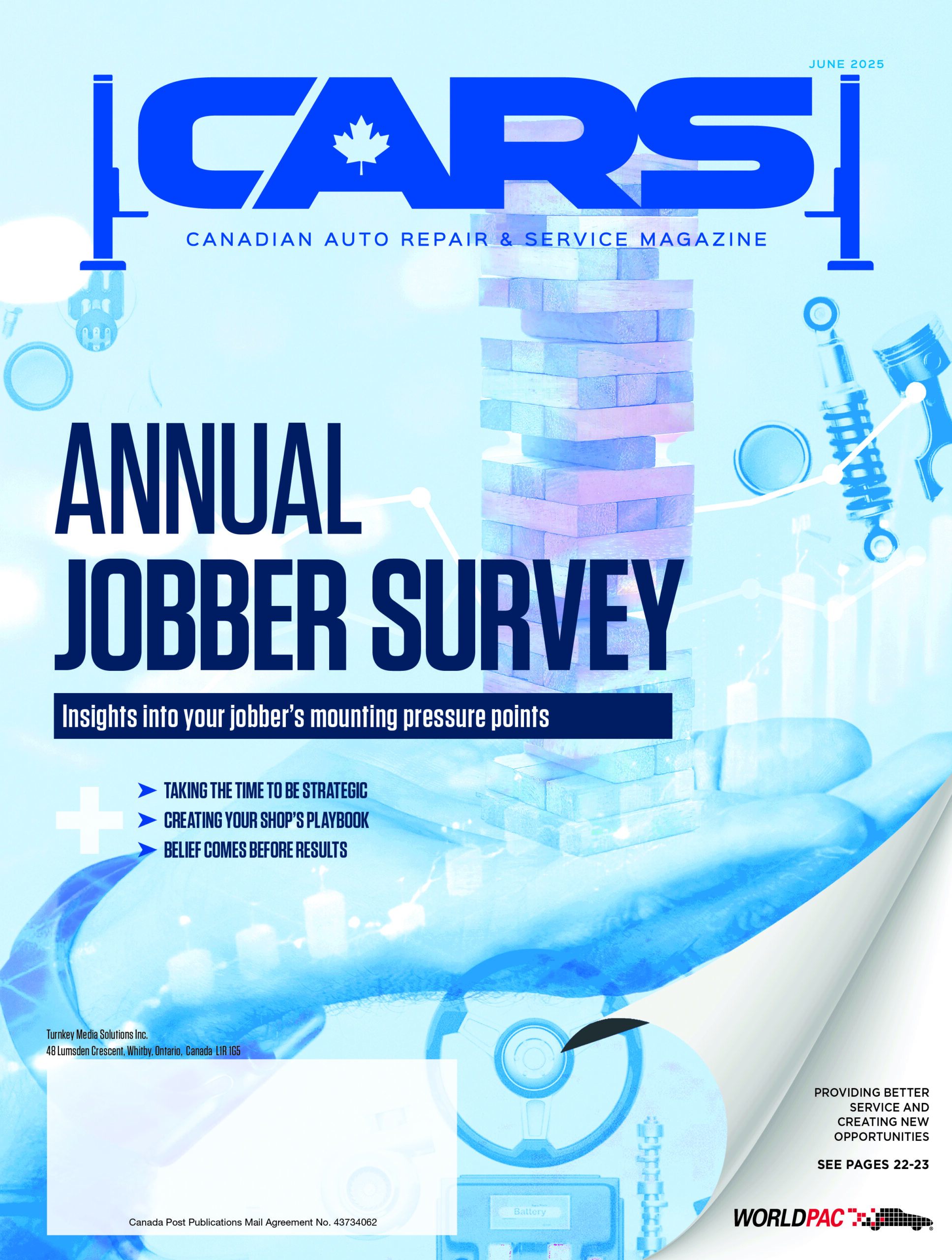
A compensation planning survey is projecting the national average base salary for 2023 to jump by a level not seen in two decades.
Eckler, a consulting and actuarial practice, projected a 4.2 per cent increase, which parallels 2022 actual base salary increases.
“Salary planning for 2023 has been rife with complexity,” observed Anand Parsan, national compensation practice leader at Eckler. “We are seeing the highest projected salary increase in two decades as organizations try to balance the impact of rising inflationary pressure and a tight labour market against a backdrop of surging interest rates and anticipated economic downturn. Based on actuals seen in 2022, time will tell if the 4.2 per cent will remain constant or push higher as organizations weigh their budget and talent management needs.”
Canadian companies are planning to use compensation as a key part of their talent management strategy. Just 1 per cent of respondents to its survey said it plans to freeze salaries.
“While we have transitioned away from the conservatism we saw during the pandemic, as organizations look to offset red-hot inflation and a tight labour market, we were surprised to see that there are a fair number of organizations (44 per cent) that remain undecided about salary budgets for 2023,” Parsan said. “Perhaps this ‘wait and see’ approach is another attempt to gain some certainty as they look to what their competitors are doing.”
British Columbia, Ontario and Quebec are expected to have the highest average salary increases at 4.1 per cent. Yukon, Nunavut and Prince Edward Island are expected to have the lowest increases, in a range between 3.2-3.5 per cent.
Meanwhile, a Robert Half survey found that salary remains top of mind for workers. The talent and business consulting firm reported that companies facing pressure to offer higher compensation to current staff and new hires for a number of reasons.
Apart from offering more pay, perks are being added, such as Mental health resources, flextime and wellness programs.
While also asking for a raise, staff are better positioning themselves for one by taking responsibilities outside their job description, gaining new talents and certifications and researching and sharing salary discrepancies.
“The Canadian labour market remains tight, and professionals continue to have leverage when it comes to negotiating for better pay, perks and benefits,” said David King, senior managing director at Robert Half Canada. “Keeping in lockstep with current compensation trends is a critical element of recruiting and retaining skilled talent, as is providing perks and benefits that support employees’ overall well-being.”












Leave a Reply